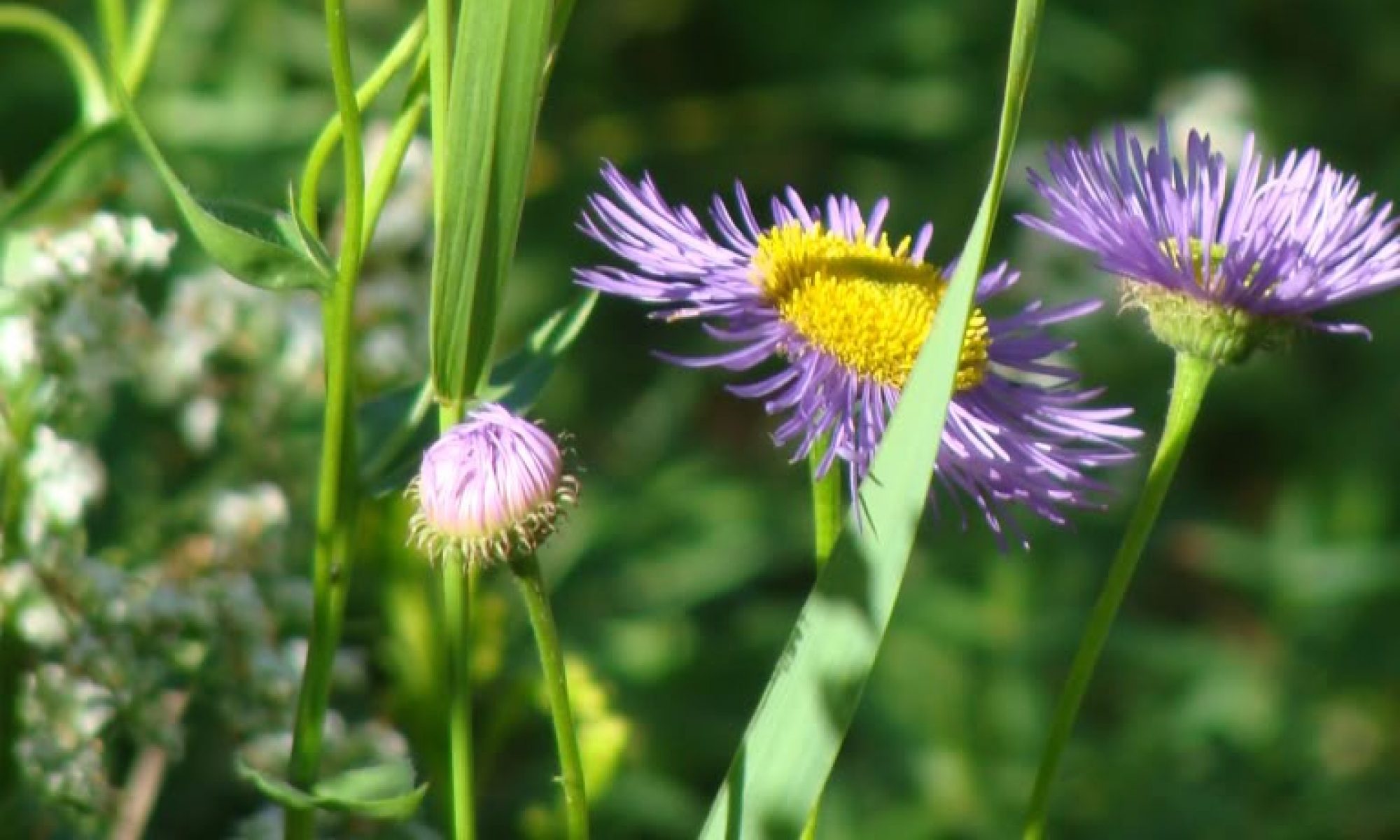By the end of August, there were extreme signs of drought in the native plants around the neighborhood here in North Seattle. Native shrubs were the hardest hit, with vine maples, osoberries, bitter cherries, red-flowered currants, and others losing leaves really early. In addition, their reproduction was affected with fewer berries and seeds than in previous years.
Then, by mid-September, we started to see a bit of rain. And then more. And then record-setting rains. Almost immediately, you could see the relief. Seedlings popped up everywhere (sadly, mostly nonnative weeds, but green, nonetheless) and the shrubs stopped dropping leaves and decided to flush them with color first, like the big-leaf and vine maple leaves below.









And it isn’t just native leaves that provide interest and color. The madrone trees are showing off with their striptease of old bark revealing new.


Douglas aster plants were extremely grateful for the rain, too. The large patch in the native garden had mostly faded and given up on blooming after a mediocre attempt, but with the rains, their bloom time extended.



My native seedlings snapped out of their doldrums, too, and started to put on more root growth. This, combined with the continued rain the forecast, motivated me to plant a bunch of native seedlings out into the native plant and memory gardens–dozens of them, including large-leaved avens, lupine, fringecup, piggyback plant, Douglas aster, and checkermallow.







And below is the plain autumn garden that will hopefully be transformed come spring/summer with the new native perennials.


The other chore that had to be tackled was planting seedlings into larger pots to winter over and be ready for distribution in the spring. Most of these were Geum macrophyllum, the large-leaved avens, which grows very well for me, both in the garden and from seed. There are more than fifty seedlings that got potted on including some piggyback plants and fringecups.



My propagation efforts continue as I gather and plant more native seeds. The native honeysuckle vines at Ingraham High School had some berries, so I snagged a few of those to see if they would grow, along with dozens of vine maple seeds, ninebark, and ocean spray. I will grab my own seeds from the Douglas asters, the large-leaved avens, and lupines in the native garden to plant this month.
